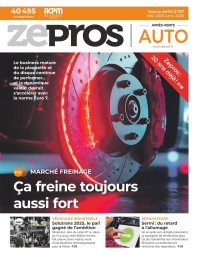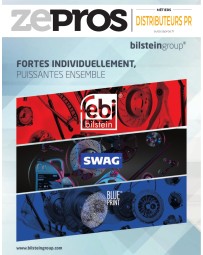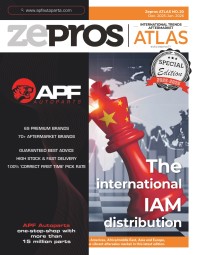
USA : “An Enormous, ultra-competitive and uniform market!”, according to GiPA
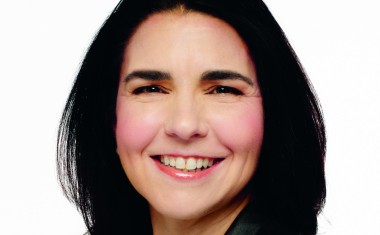
The international automotive sector research specialist has explored the American aftermarket sector, analysing the after-sales behaviours of 12,000 Americans. In a country as vast as the United States, where vehicle maintenance operates like a well-oiled machine, this study offers an insightful overview. It highlights a highly diverse market characterised by ultra-specialised players and an extensive range of services. Almudena Benedito, CEO of GiPA reveals all.
GiPA brings an exclusive aftermarket study to the US. What can you tell us about it?
Almudena Benedito: This "USA Panorama Aftersales Data (PADTM )" is a deep dive into America that gives a unique overview of this vast market sector! It takes the pulse of a gigantic parc of 284 million vehicles! We surveyed 12,000 American customers, analysed 290,000 repair shops and gathered data on drivers' maintenance habits, Do-It-Yourself to Do-It-For-Me, workshop activity, prices, distribution channels, garage and parts dealers’ profiles as well as, trends in logistics and parts sourcing.
Was the United States missing from your worldwide panel?
AB: We have already conducted market research into certain topics such as brand awareness and positioning but now, we are establishing ourselves in the country with permanent, increasingly in-depth monitoring, as we do elsewhere. GiPA's mission is to gather critical information and analysis to shape the strategies and operations of all players in the sector. This includes manufacturers, equipment manufacturers, distributors, networks, and specialists aiming to expand their presence in the United States.
What are your initial observations of the American market?
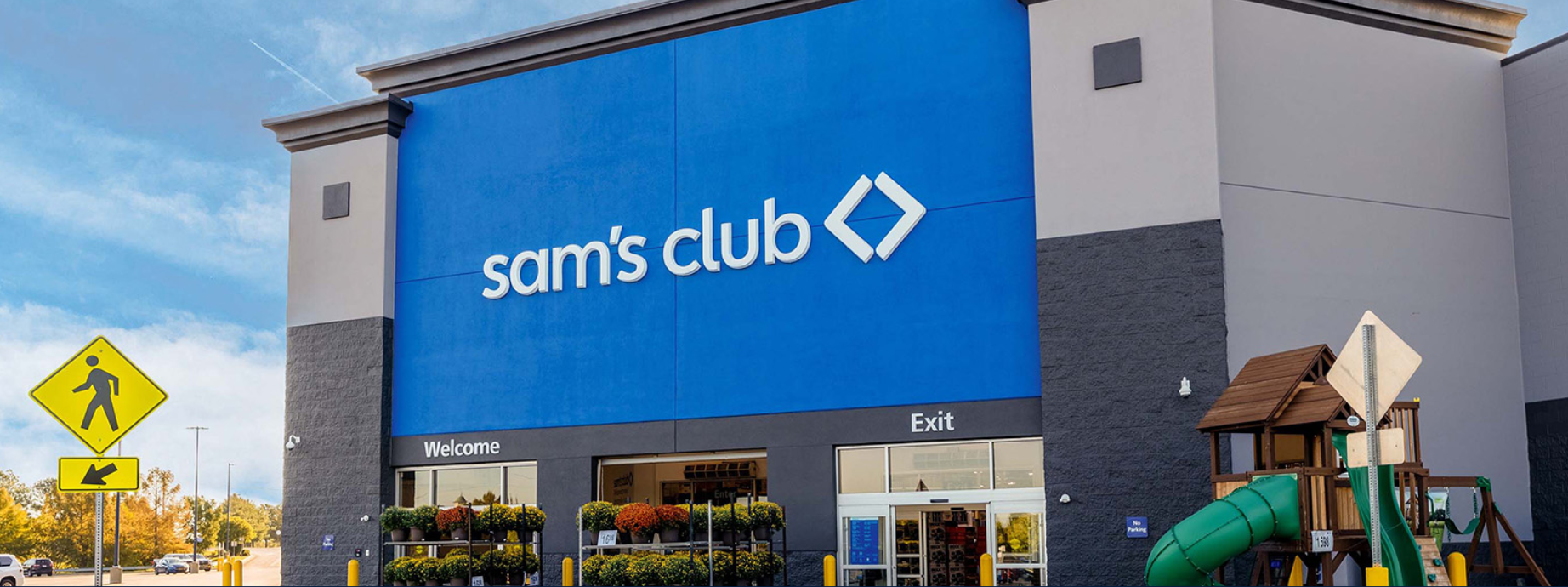
AB: First, an aging parc at more than 12.5 years old, above the European average, split between cars, pickups and SUVs. This last segment is naturally much younger – almost five years difference – and influences the naturally higher repair costs. Secondly, the weight of Do-It-Yourself and Do-It-For-Me is a strong marker, especially in less urban areas given the extended distances for classic parts, standard maintenance, lighting and accessories.
This vast expanse of territory gives rise to the concept of hyper-warehouses open to all, at attractive prices, developed by brands where their private labels abound. These are often large stores, such as Sam's Club, where membership is required—costing $50 per year or $110 for premium access—to benefit from promotions. These discounts apply not only to vehicle parts but also to food, clothing, and DIY products.
Does DIY maintenance conflict with garage activity?
AB: Absolutely not! Workshop maintenance in the United States can be demanding, with maintenance intervals at 8,000 km. This contrasts sharply with Europe, where intervals typically range between 25,000 and 30,000 km. We are talking about oil changes and replacement of worn parts. Let’s not forget that the distances travelled are greater than in Europe, around 17,000 km per year, almost 50% more than in France for example. A current mileage level similar to pre Covid times.
What are your key takeaways from the repair market?
AB: It is extremely diversified! An American workshop is often specialised in tyres, lubricants, glazing or clutches with quick repair models for each service, such as drive-in express oil changes! This is a real difference with Europe, where workshops want to be “one-stop-shops” with a more general image.
The rapid repair concept in the United States operates on an entirely different level compared to Europe. The diverse range of repair channels presents an intriguing picture, with four relatively balanced segments: manufacturer-affiliated workshops (accounting for 30% of workshop activity by volume), independent garages (whether part of a branded network or not), tyre specialists, and lubricant specialists. The independent aftermarket proves particularly strong, achieving higher average annual revenues thanks to a focus on major repairs—work that manufacturer network workshops handle far less frequently. Finally, we noted the recurring shortfall in the number of mechanics in the workshops, over 150,000 approximately. This is a massive shortage, identical to that observed in Europe elsewhere.
How would you summarise this American market sector?
AB: Enormous, ultra-competitive and uniform! This market encompasses numerous channels and stakeholders, all working to support networks and ultimately serve end customers. We were particularly struck by the significant impact of online platforms on business operations and processes. Despite being rooted in traditional logistics, distribution, and repair practices, the integration of digital solutions with the physical world is remarkably advanced across all levels.
This initial study serves as a foundation that we will build upon to expand our expertise across all corners of this vast territory. Our aim is to develop a perspective on this market that is both comprehensive and nuanced. This should provide additional material to enable companies to make informed decisions to maximise their profitability and remain competitive.
